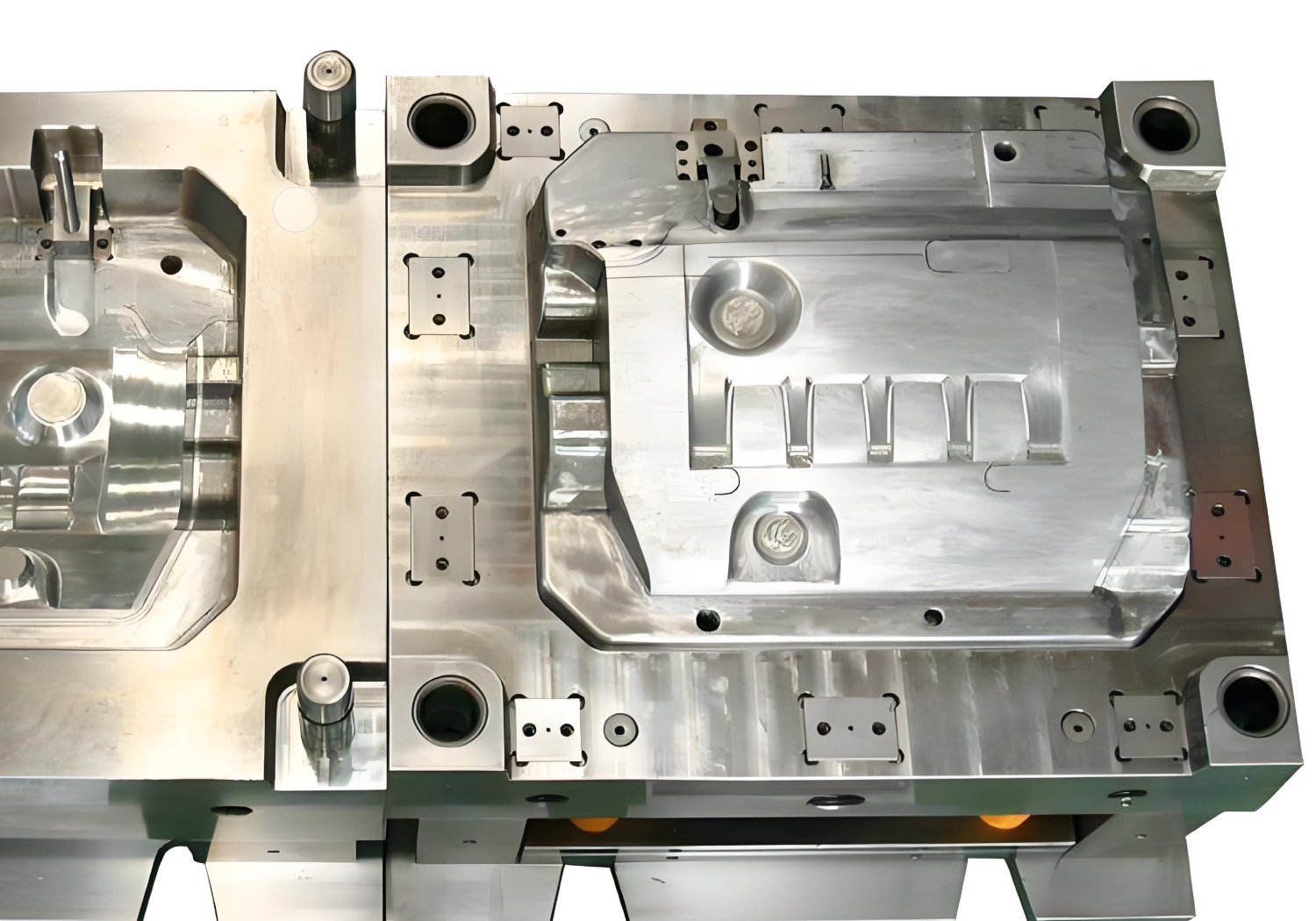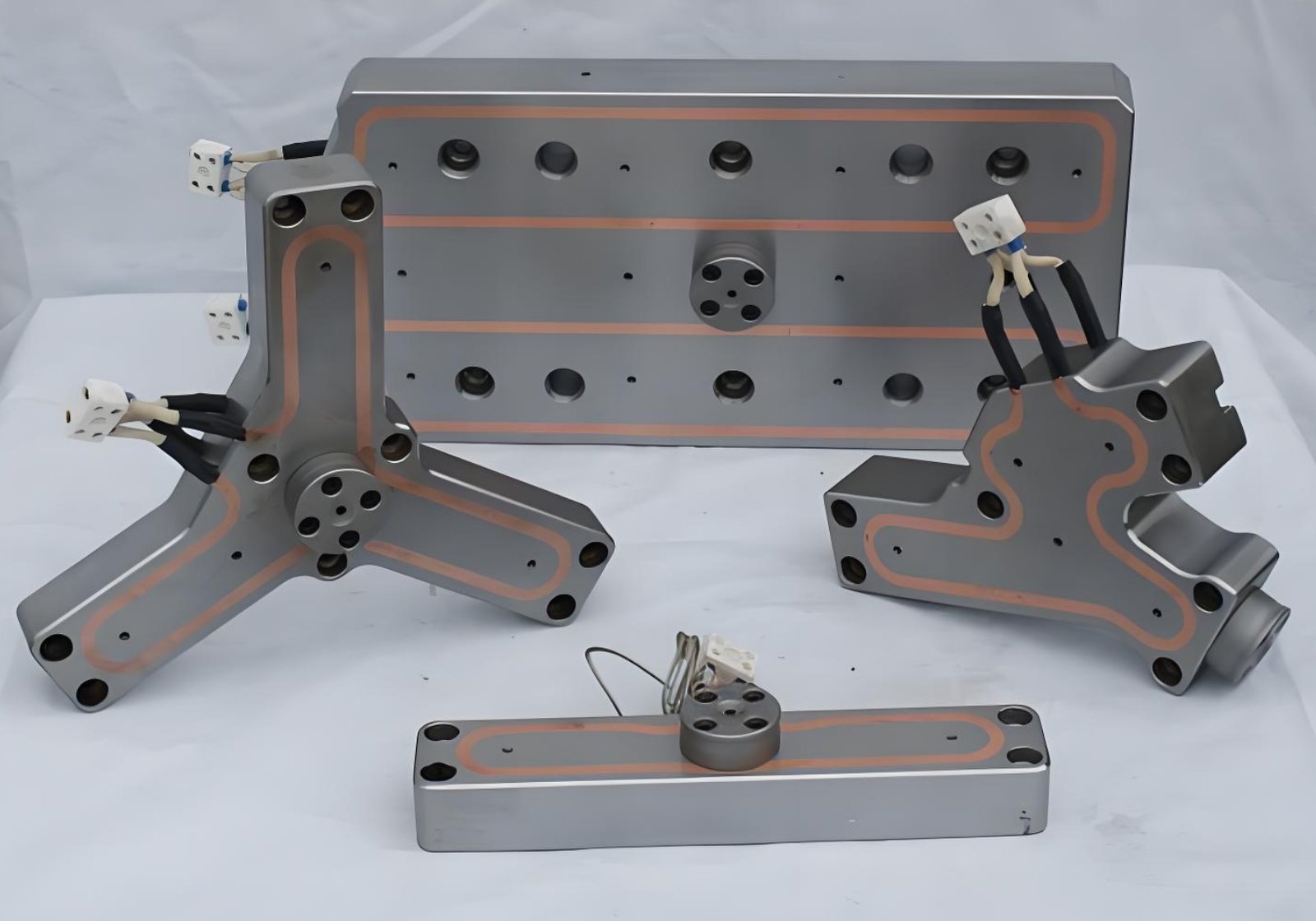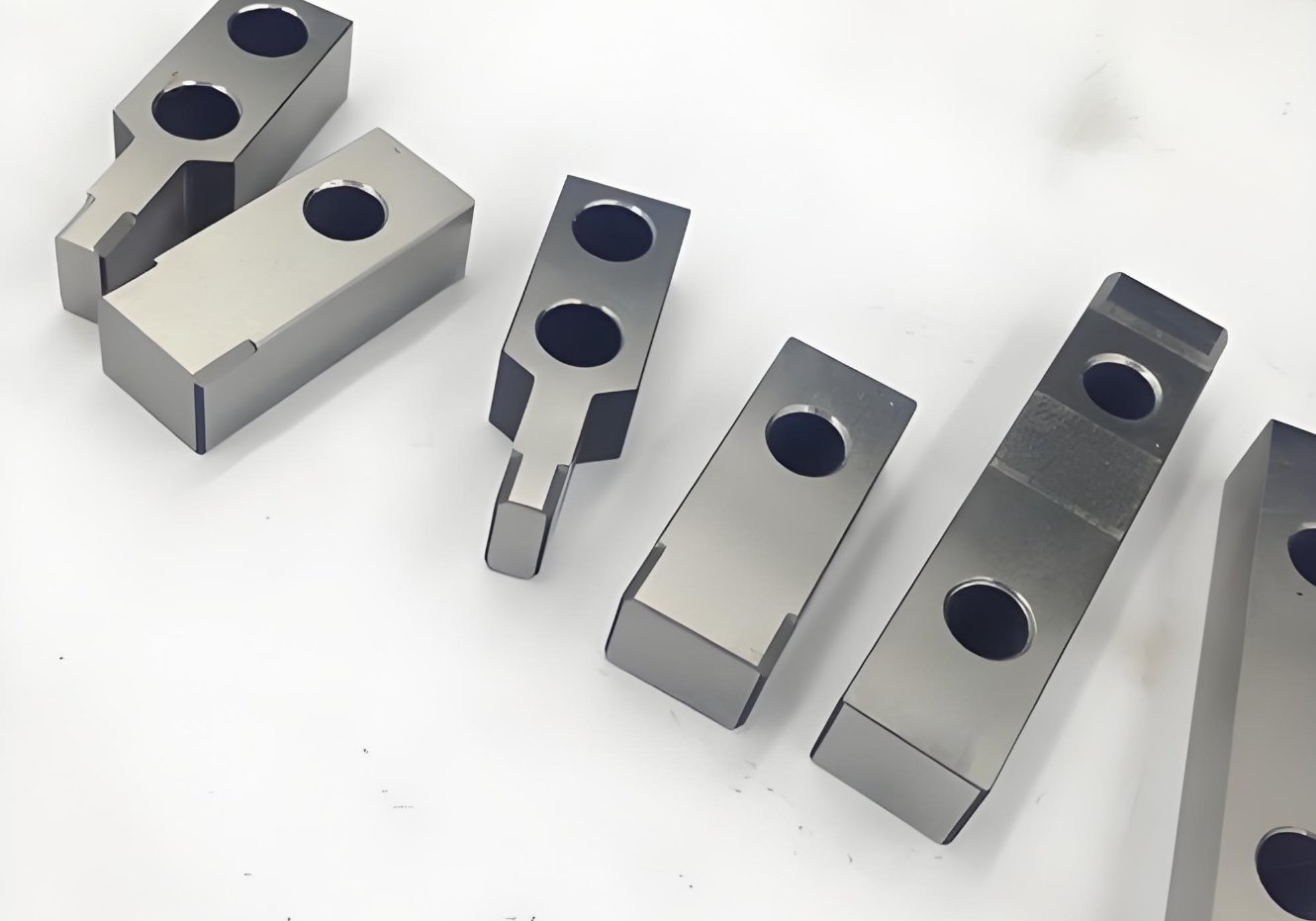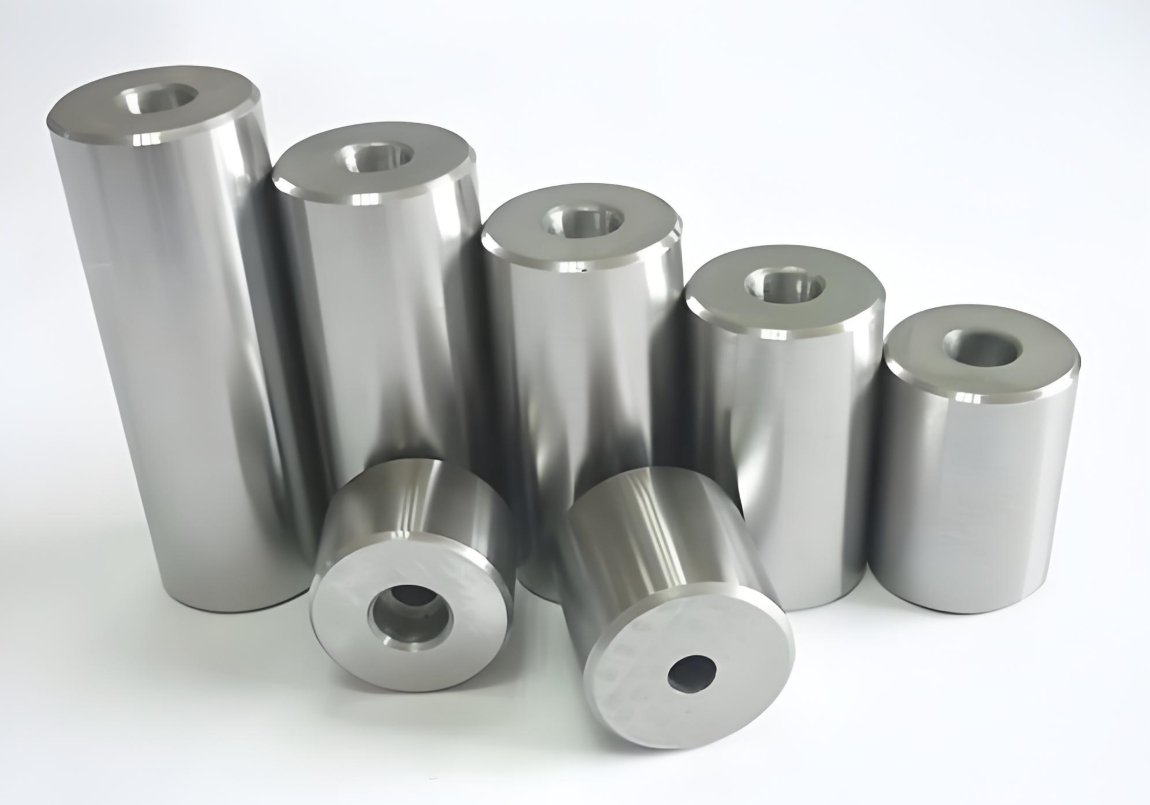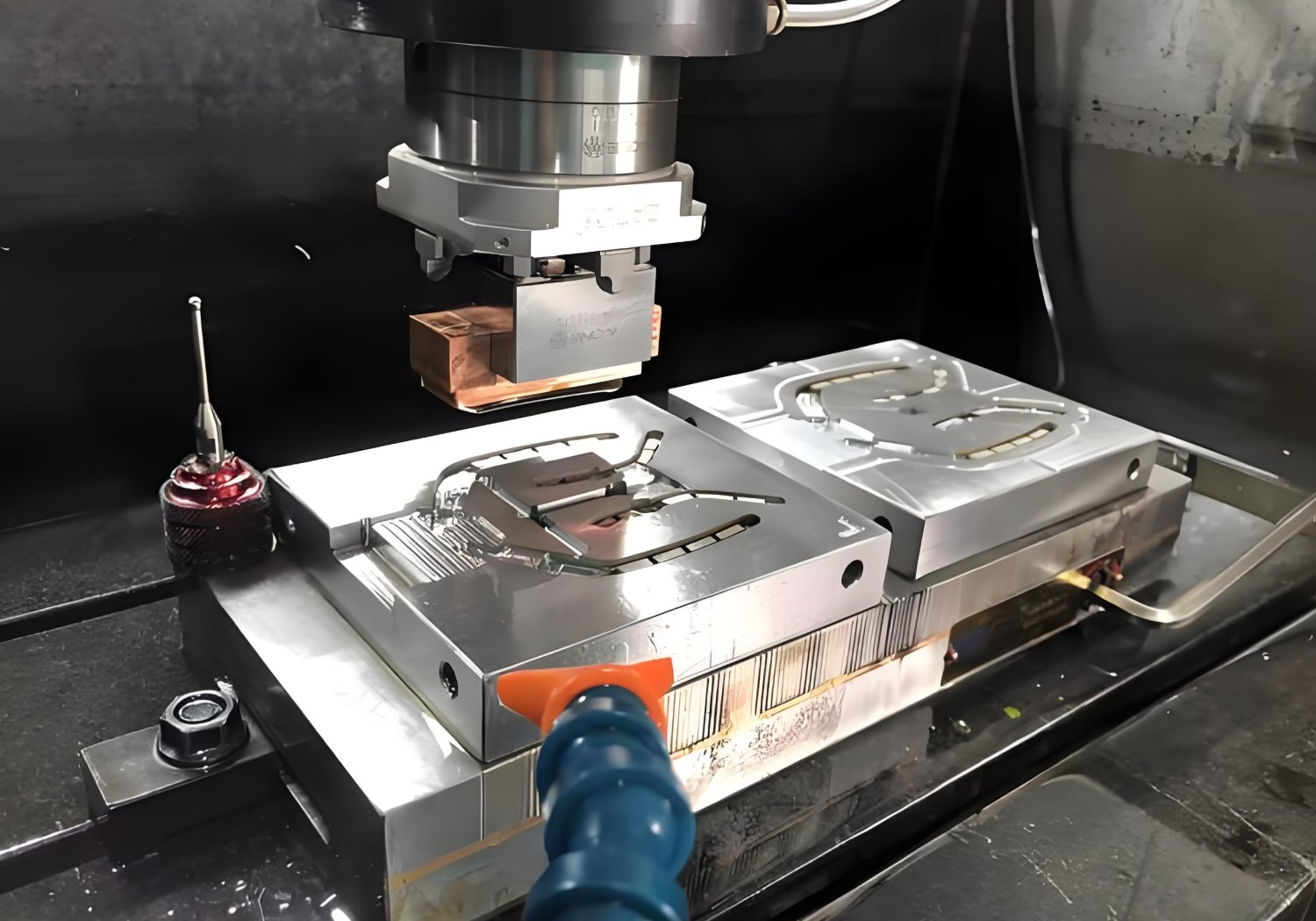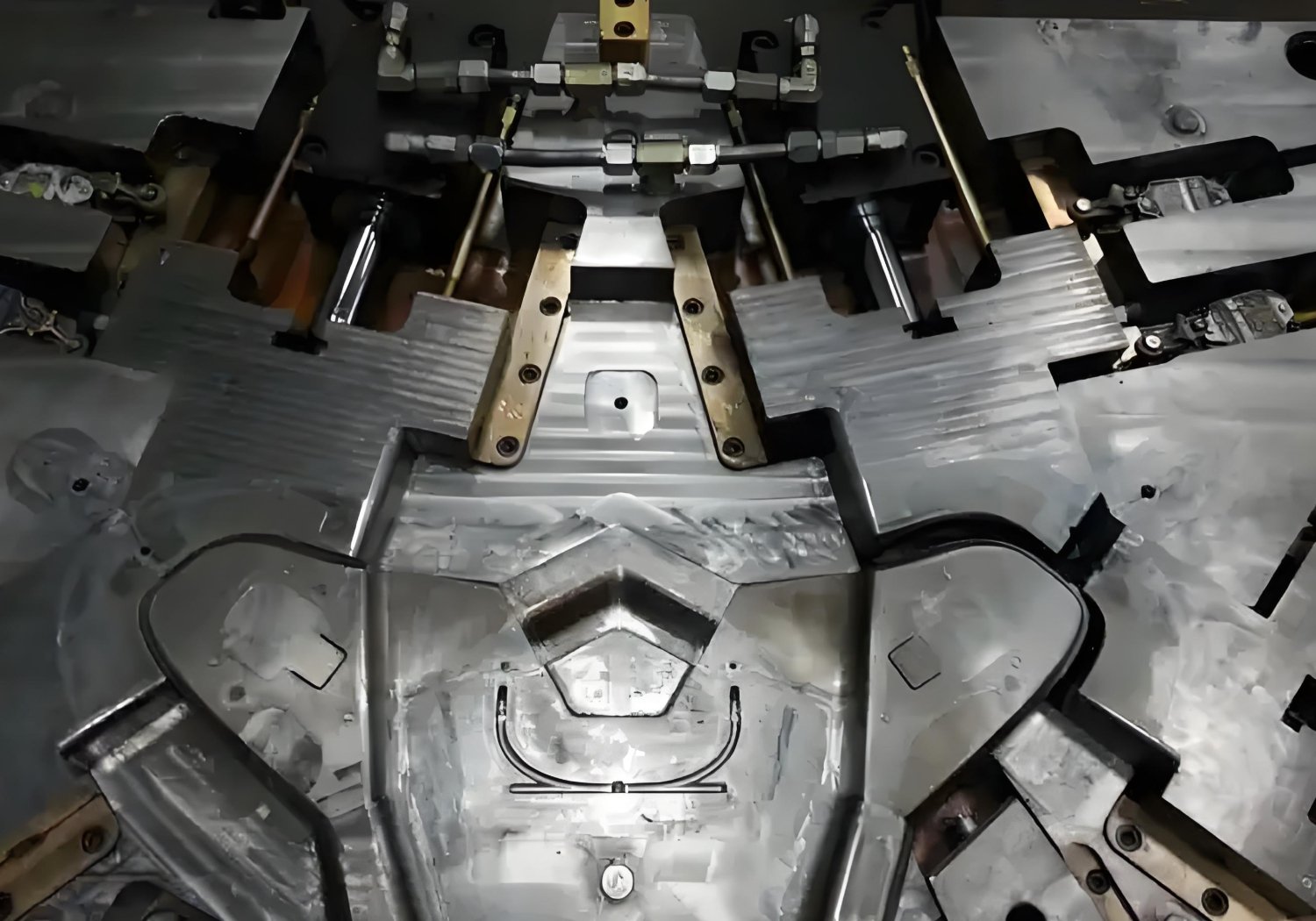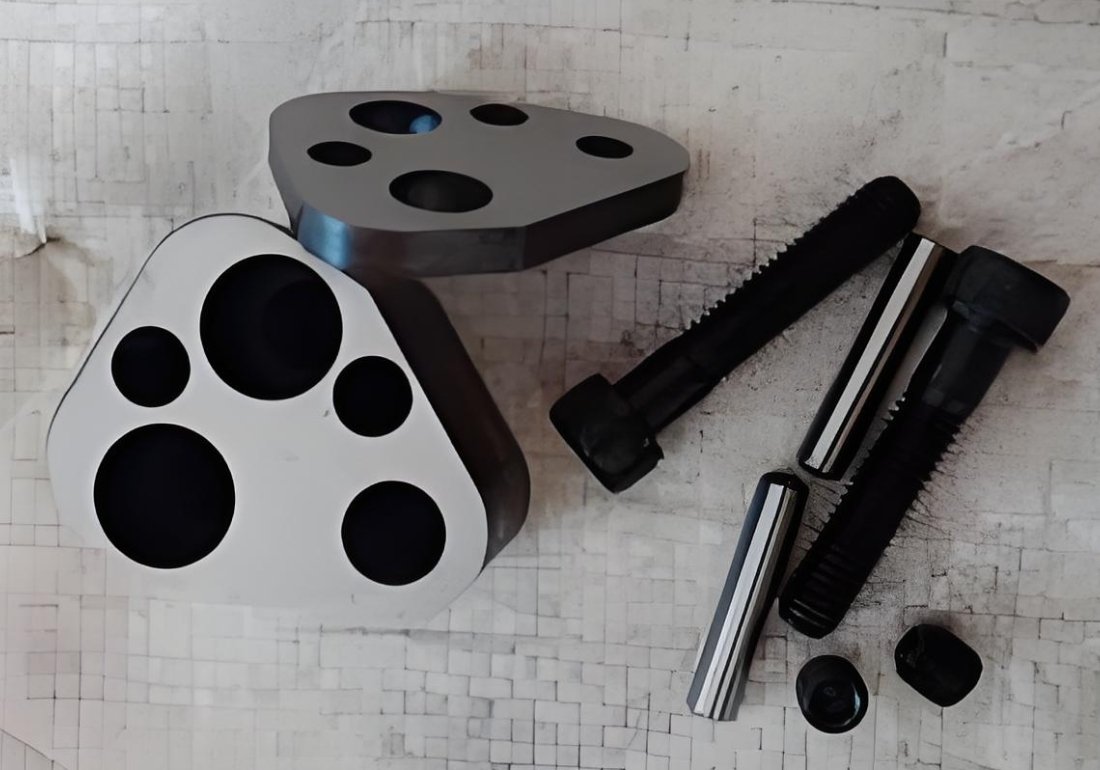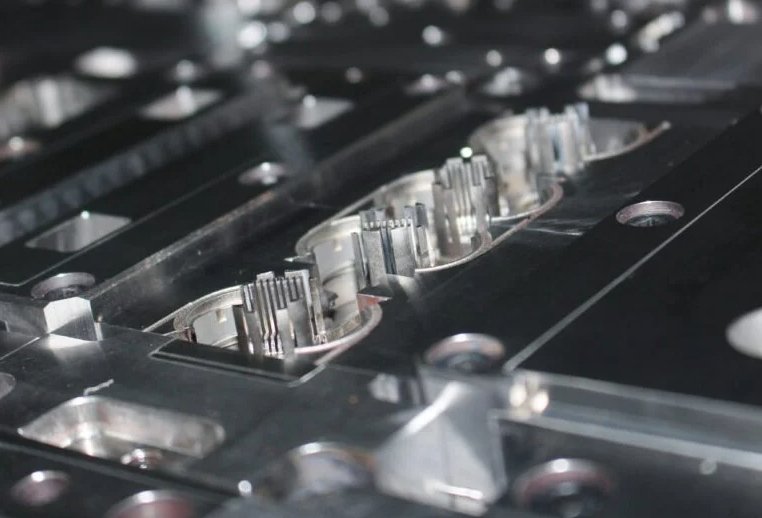High-Performance Mold Ejection System Parts
- Speed: 72-hour emergency replacement service (global shipping).
- Cost Savings: 30% lower pricing than MISUMI-standard parts.
- Technical Support: Free DFM analysis to optimize ejection force and pin layout.
Start your project now
ISO 9001:2015 Certified Processes
ISO 13485: 2016 Medical Device
IATF 16949: 2016 Automotive
AS9100 Quality Management
No Minimum Order Quantities
In-Process Inspection with CMM
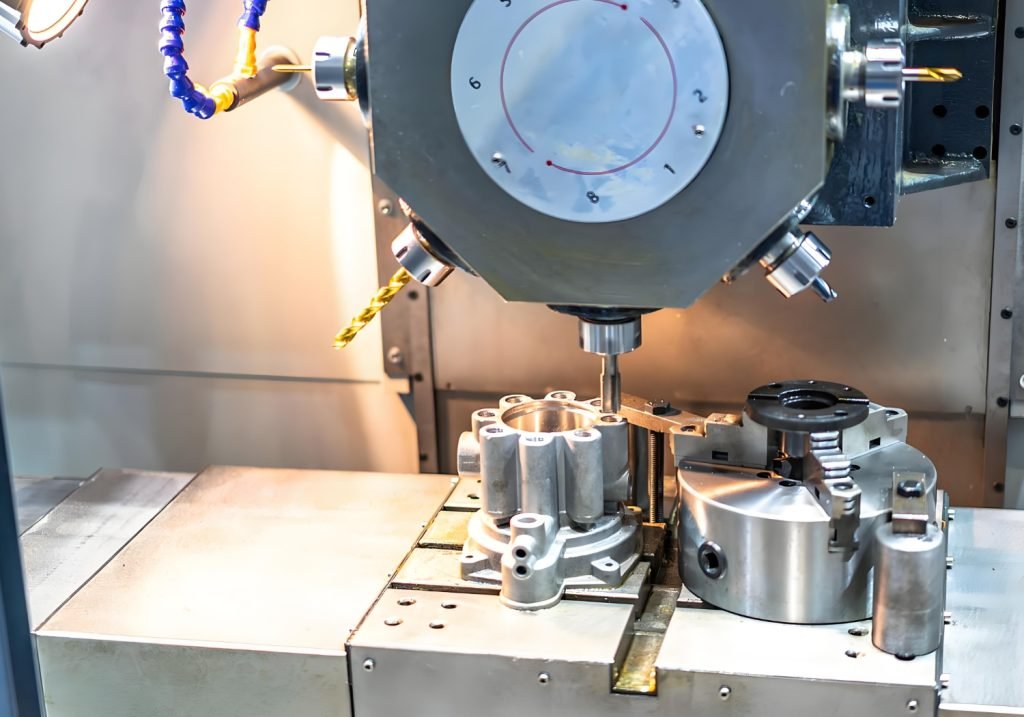
Ejection System Components
Ejection system components are critical for removing molded parts from the cavity, including ejector pins, sleeves, blades, plates, and return pins. They prevent deformation and surface defects during demolding.
As a leading ISO 9001-certified supplier, we engineer ejection systems that ensure flawless part release and minimize downtime. Our solutions deliver:
- ±0.003mm Tolerance: For seamless ejection of micro-components and thin-walled parts.
- Extended Lifespan: Vacuum-hardened steel + DLC coatings for 10M+ cycles.
- Rapid Customization: 10-day lead time for pins, blades, and plates (50+ standard sizes in stock).
- Global Compliance: Meets DME, HASCO, and proprietary OEM standards.
Key Features
High Wear Resistance
H13 tool steel (52-56 HRC) with TiN coatings for abrasive materials (e.g., glass-filled PP).
Thermal Stability
Maintains precision under 300°C molding temperatures.
Custom Geometry
Hexagonal pins, stepped sleeves, and blade designs for complex parts.
Category of Ejection System Components
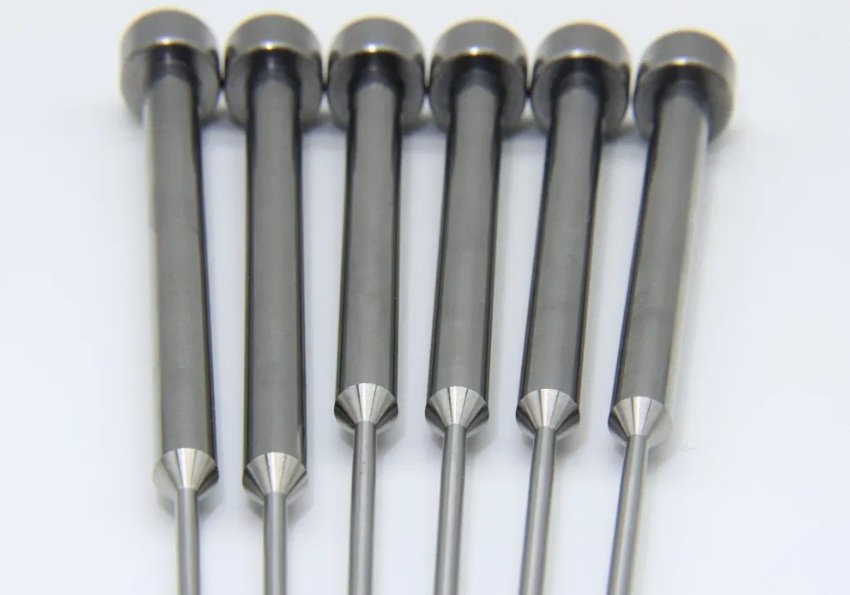
Ejector Pins
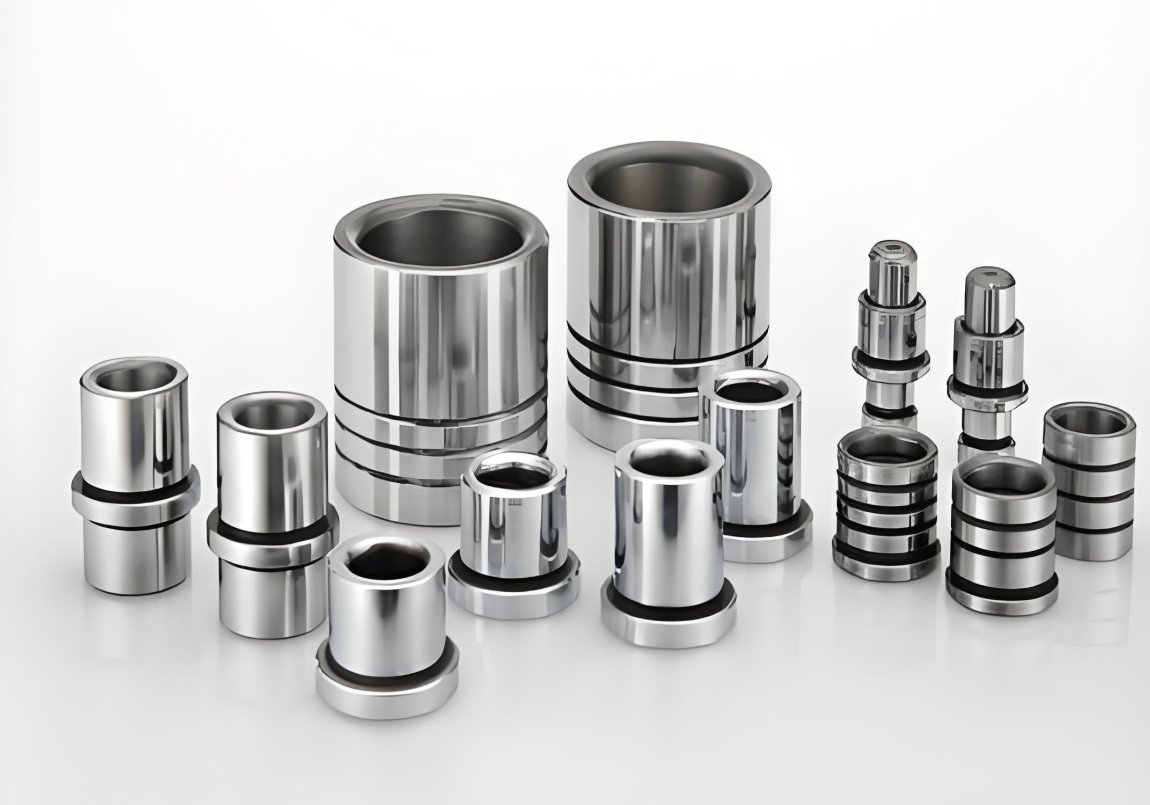
Ejector Sleeves
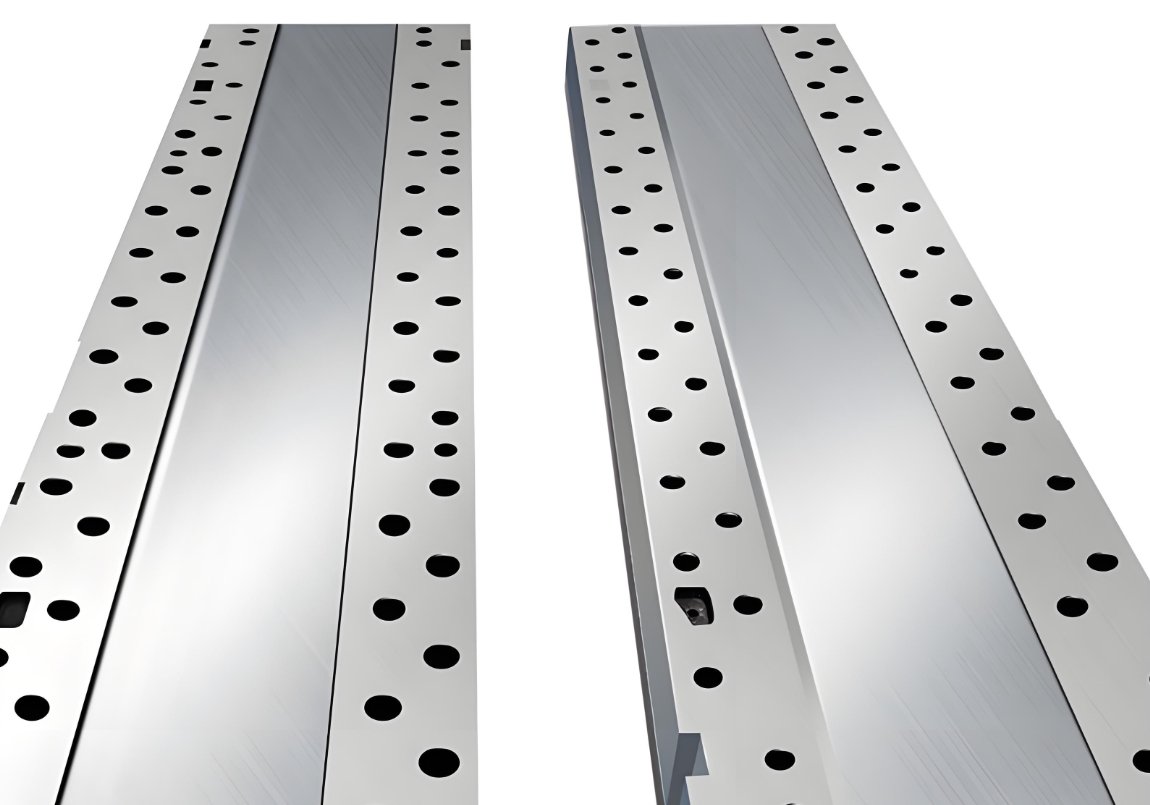
Ejector Plates
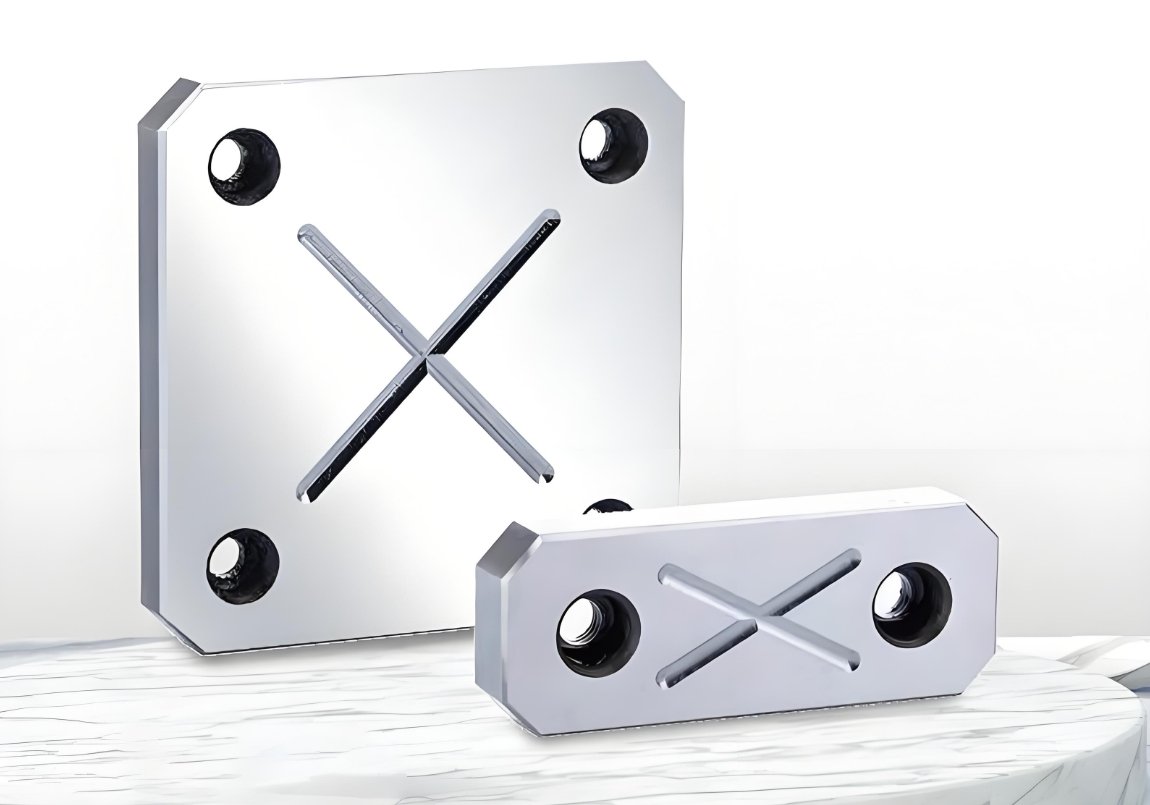
Ejector Blocks
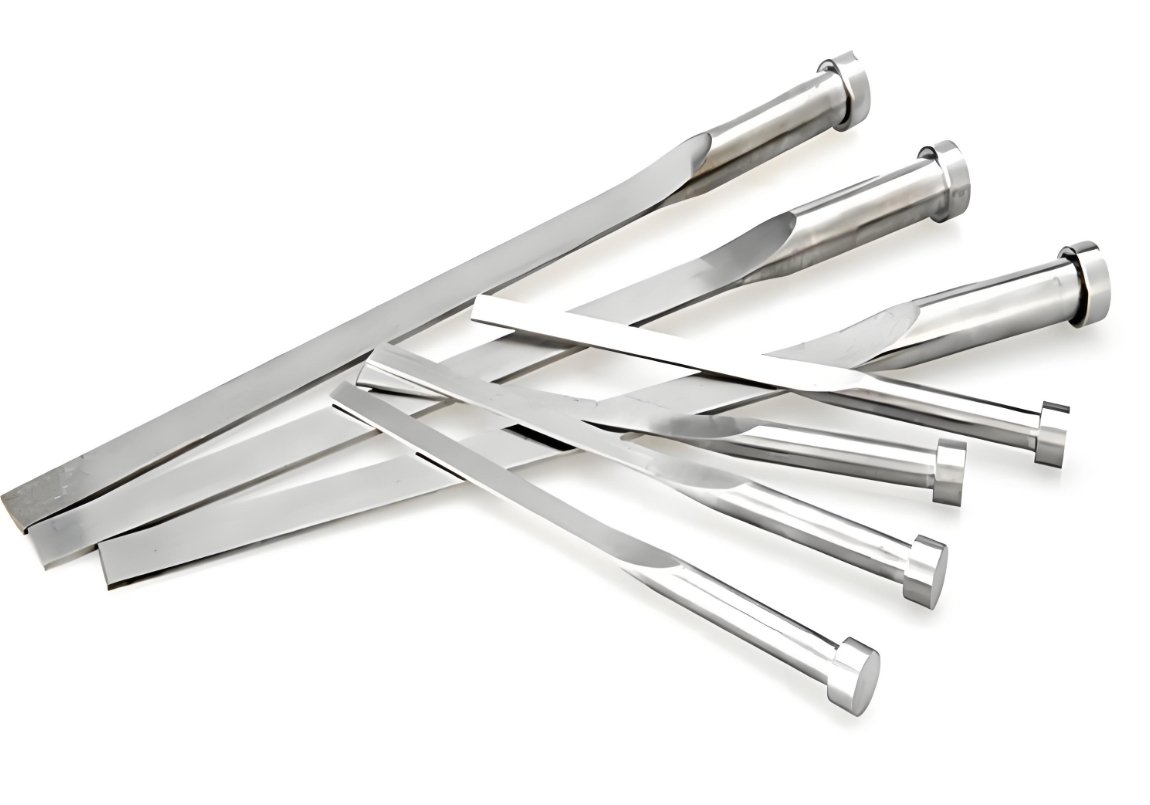
Ejector Blades
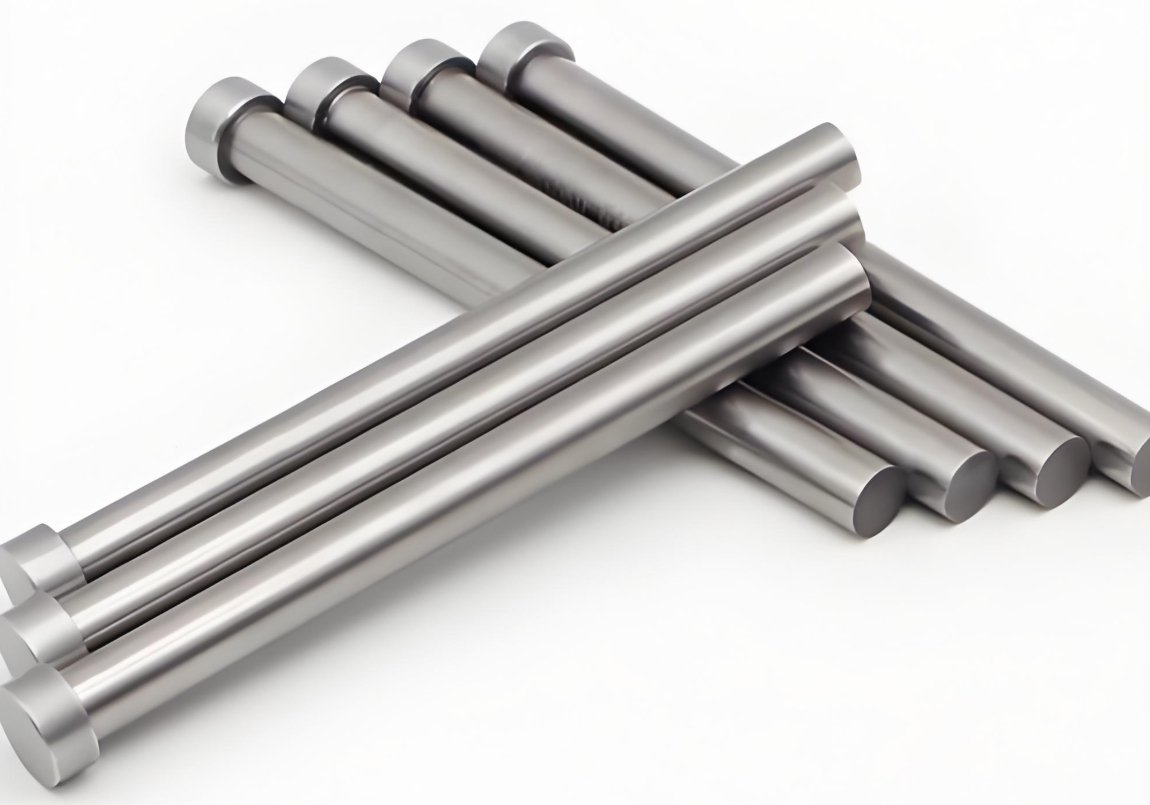
Ejector Rod
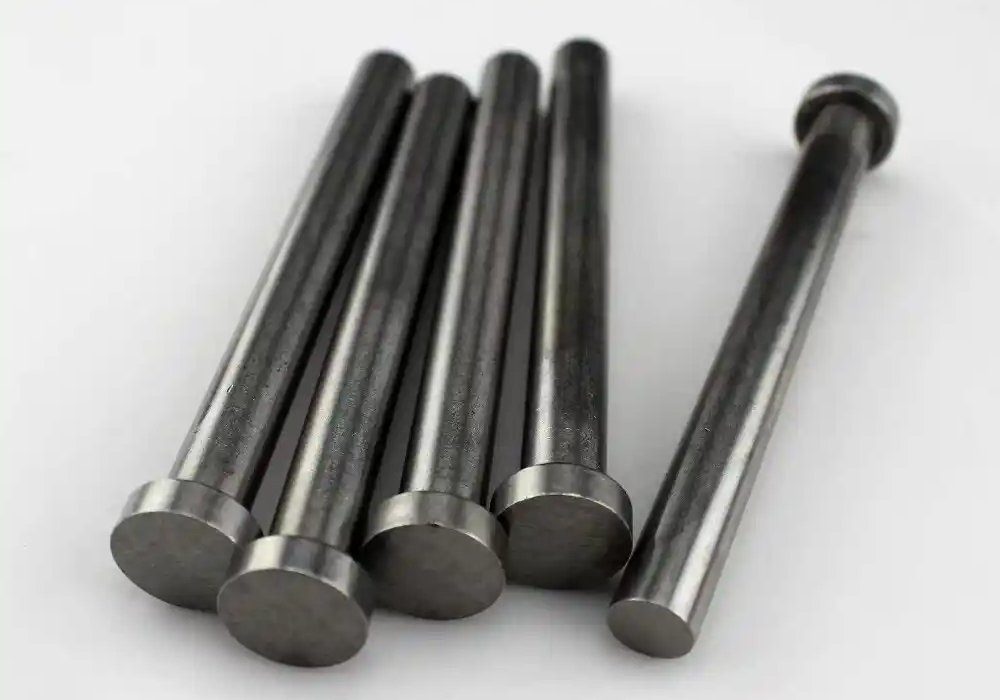
Ejector Return Pin
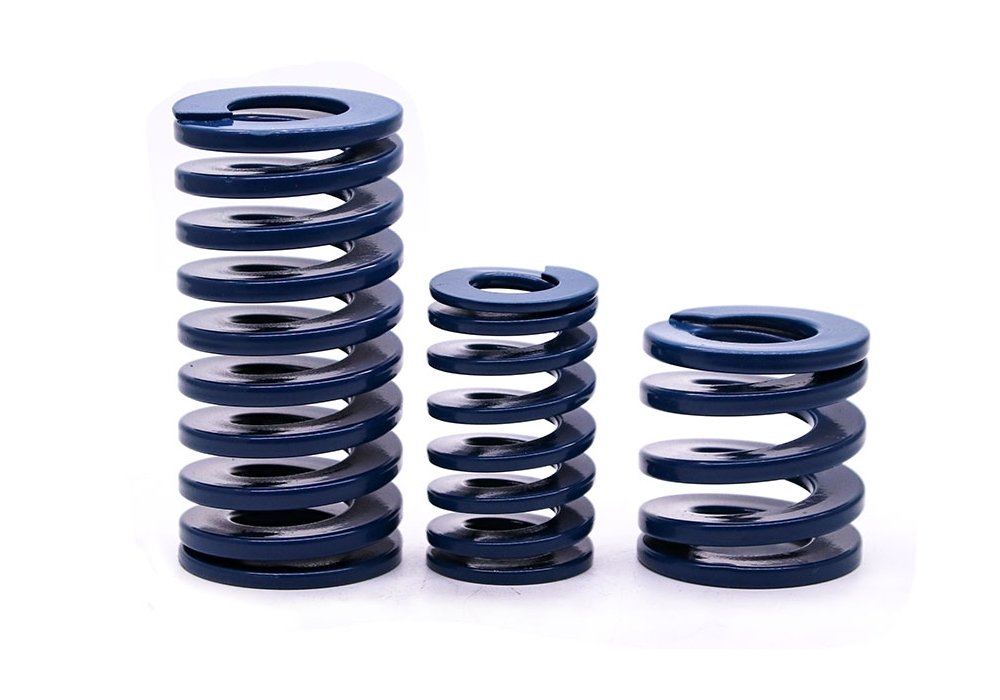
Ejector Spring
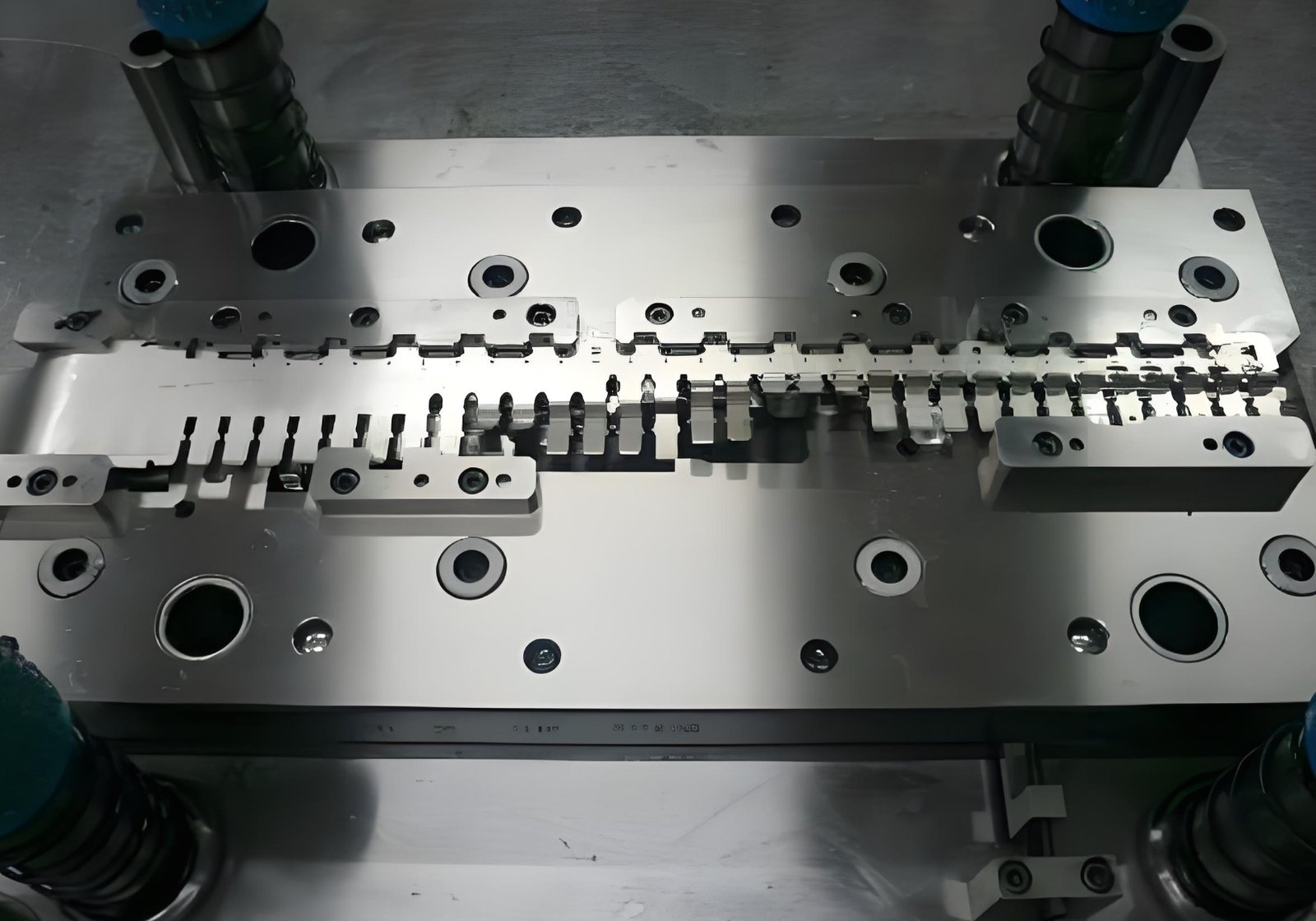
Stripper Plate

Puller Pin
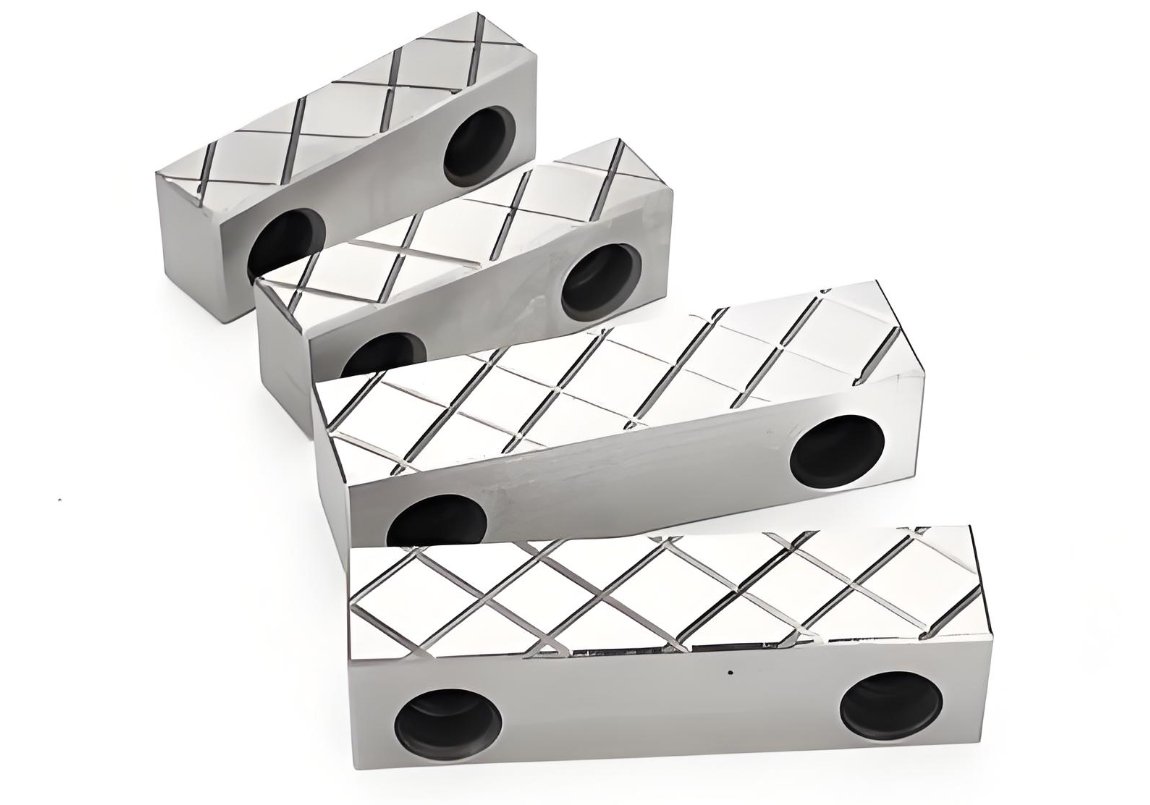
Wear Plate
Fecision Mold Component Tooling Network
In response to different service types and diverse business needs, we have deployed suppliers with different manufacturing capabilities.
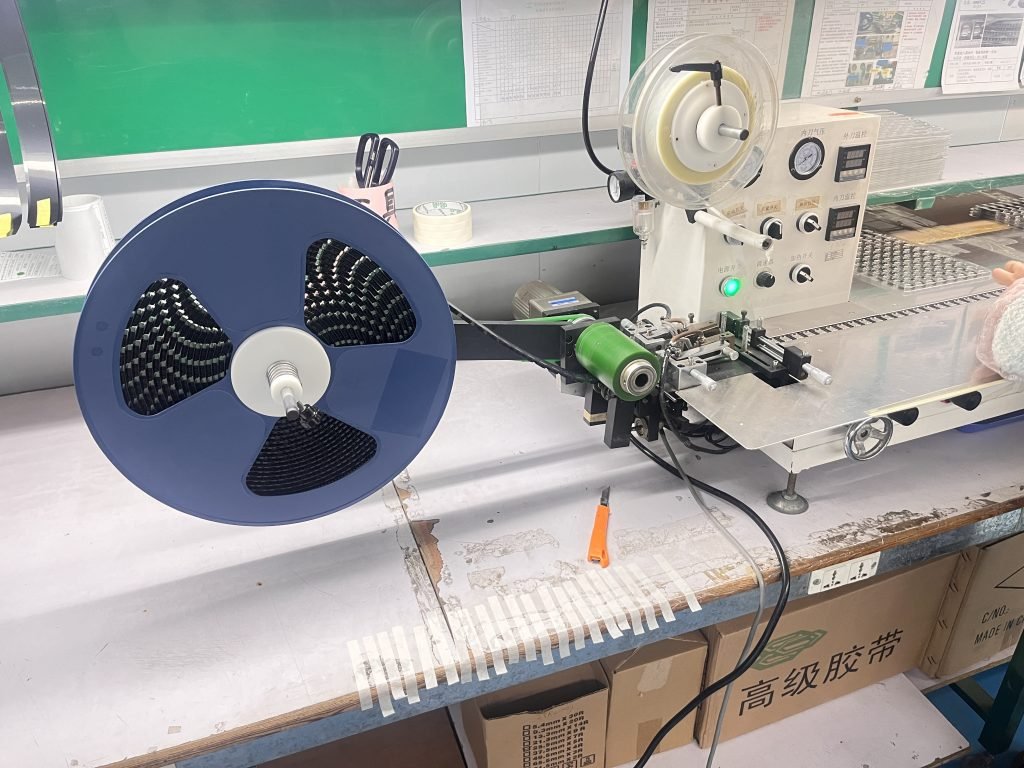
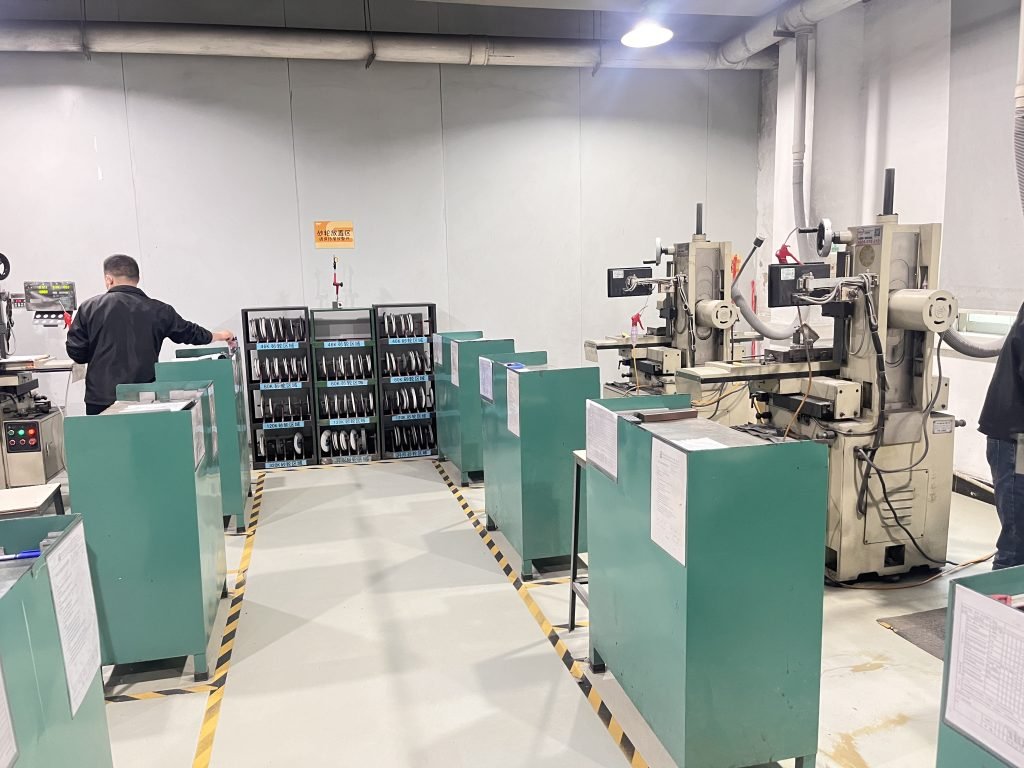
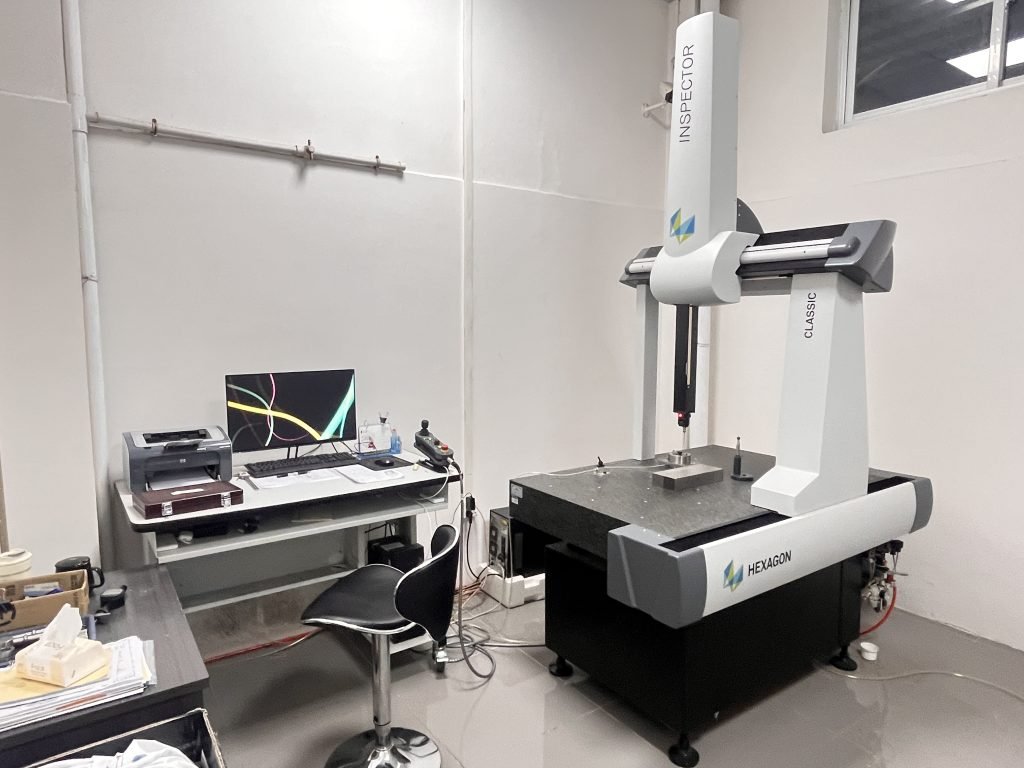
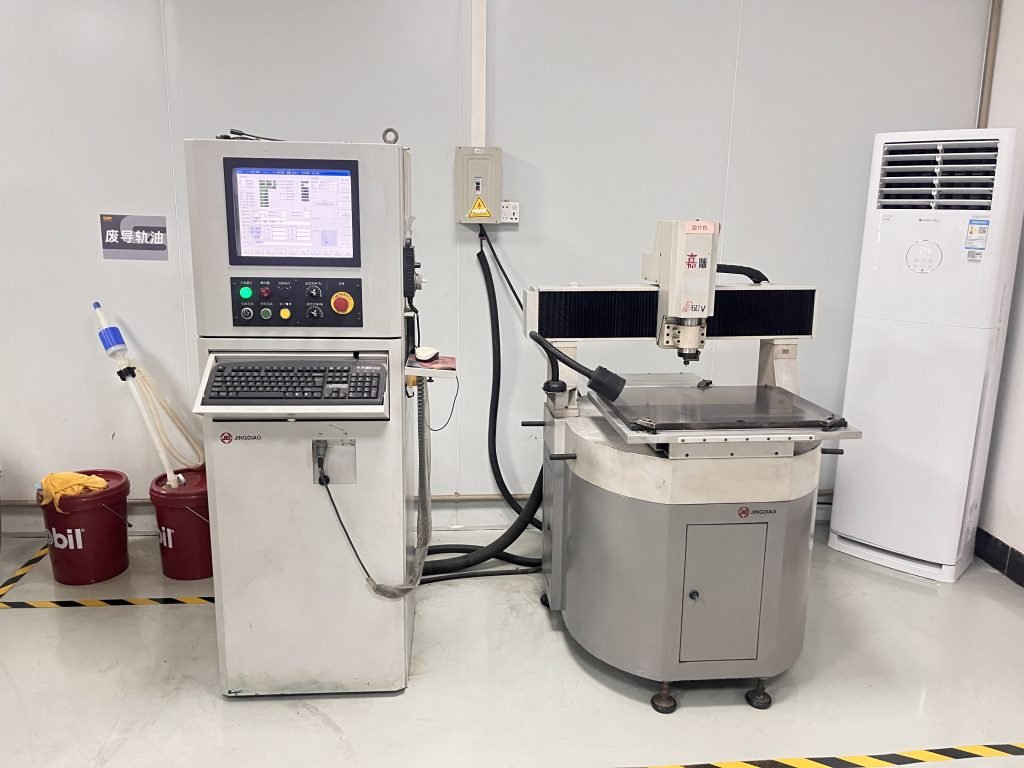
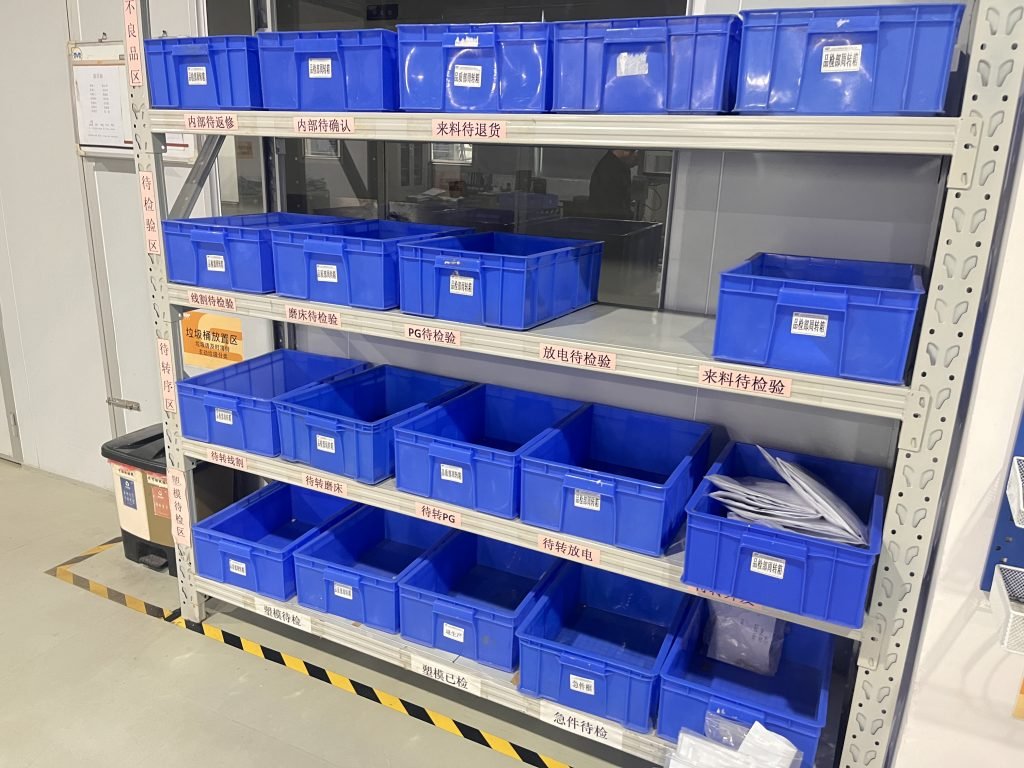
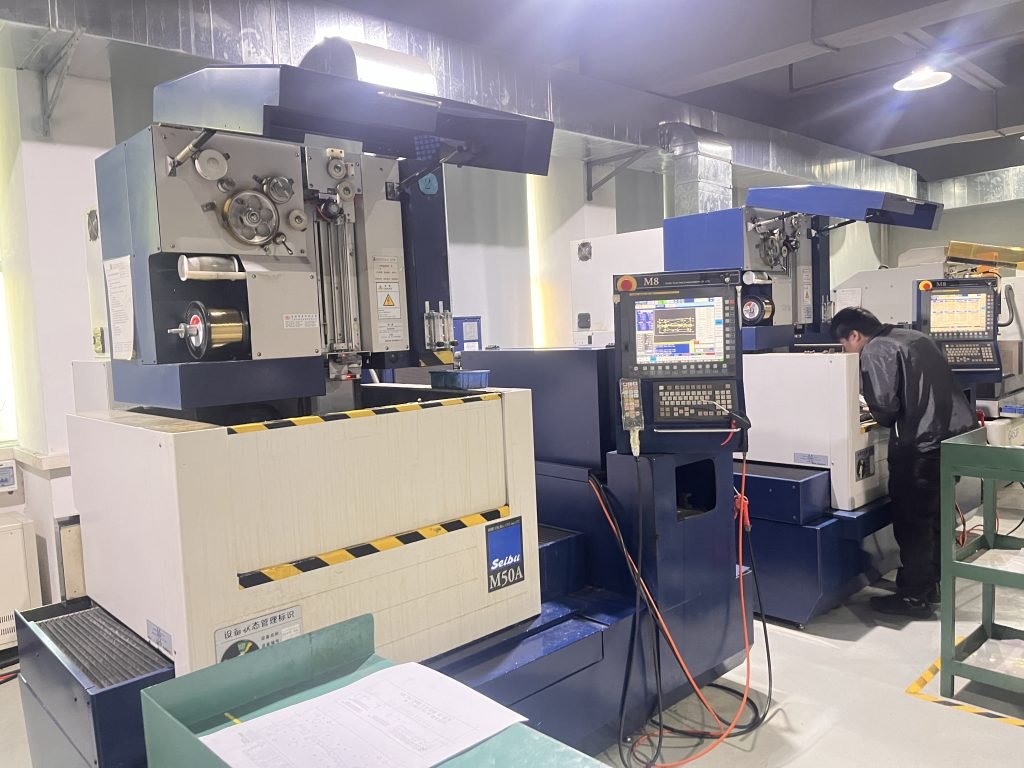

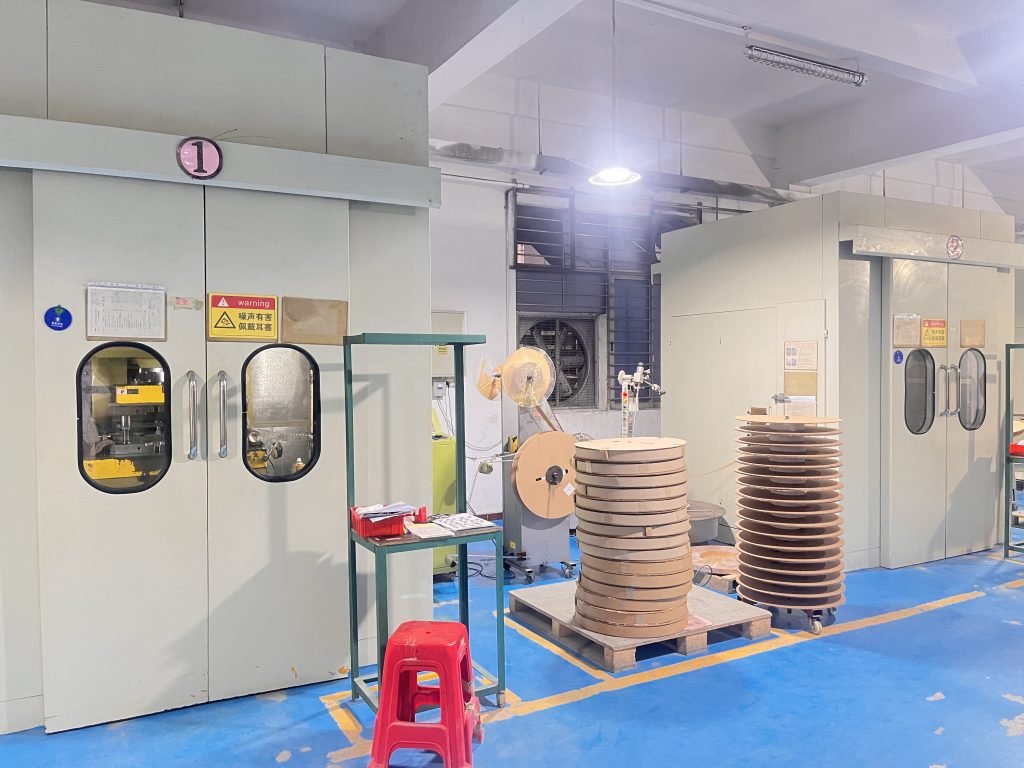
Technical Specs for Mold Components
Our processes ensure unmatched consistency and repeatability at fast lead times and affordable pricing.
| Category | Parameter | Typical Value/Standard |
| Material Properties | Hardened steel grade (e.g., H13, S136) | AISI H13 (HRC 48-52) |
| Thermal conductivity (tool steels) | 24-30 W/m·K | |
| Dimensional Accuracy | Linear tolerance (core/cavity) | ±0.01 mm |
| Coaxiality (ejector pins) | ≤0.005 mm | |
| Surface Treatment | Surface roughness (polished cavities) | Ra ≤0.2 μm |
| Nitriding hardness | HV 800-1000 (DIN 50190) | |
| Machining Parameters | CNC positioning accuracy | ±0.005 mm (5-axis) |
| Wire-cut precision (LS-WEDM) | ±0.003 mm | |
| Quality Control | 3D measurement accuracy (CMM) | ±0.002 mm |
| Mold base standard | HASCO/DME |
Manufacturing Capabilities

CNC Turning & Grinding
- Diameter tolerance ±0.003mm for pins as small as 0.5mm.

Wire EDM
- Sharp blades (thickness 0.2mm) for delicate electronics demolding.
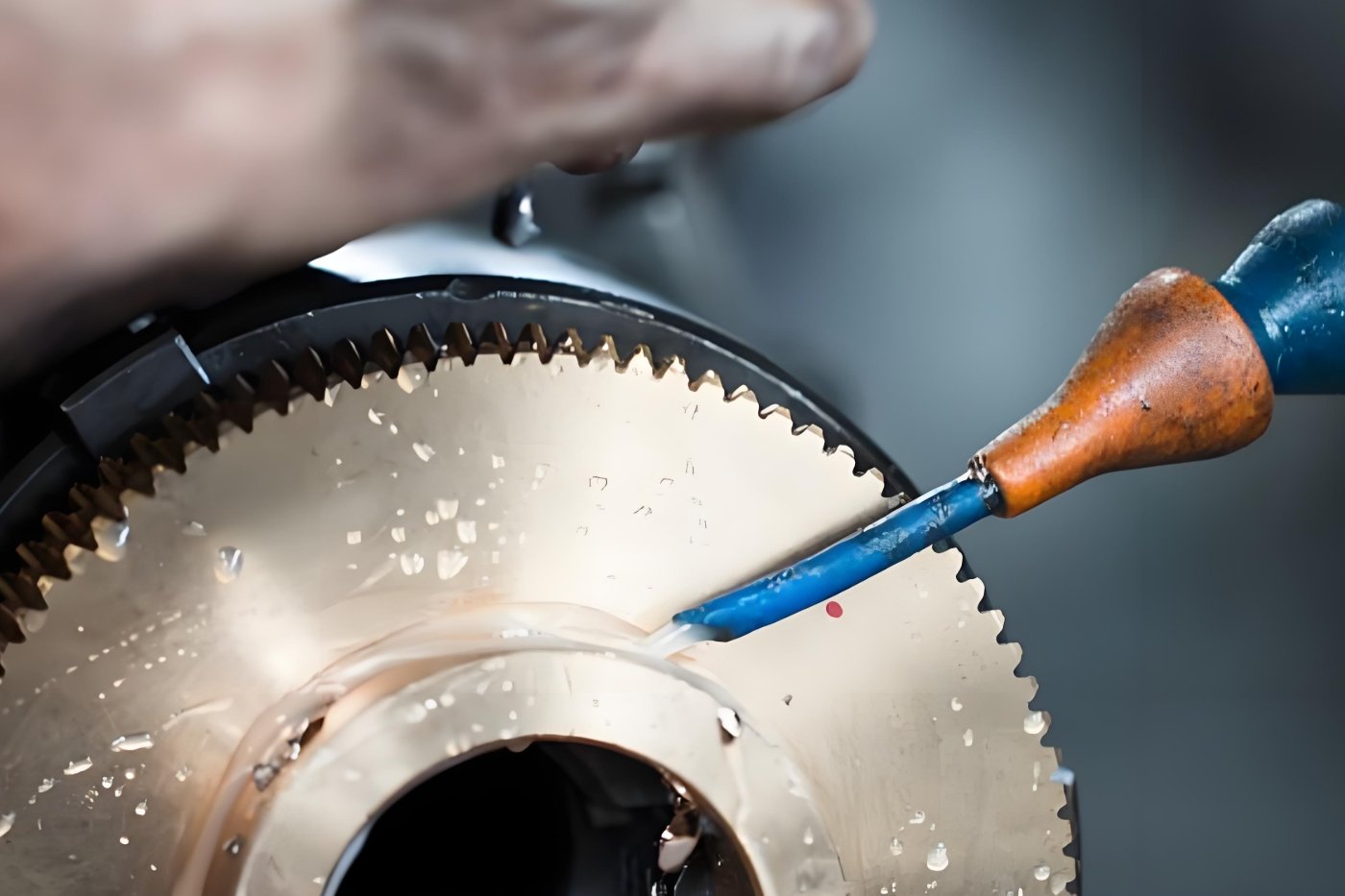
Centerless Polishing
- Ra ≤0.2μm finish to prevent part scratching.
Post-Processing & Surface Treatments

Heat Treatment
- Vacuum hardening (54-58 HRC) followed by cryogenic stabilization.
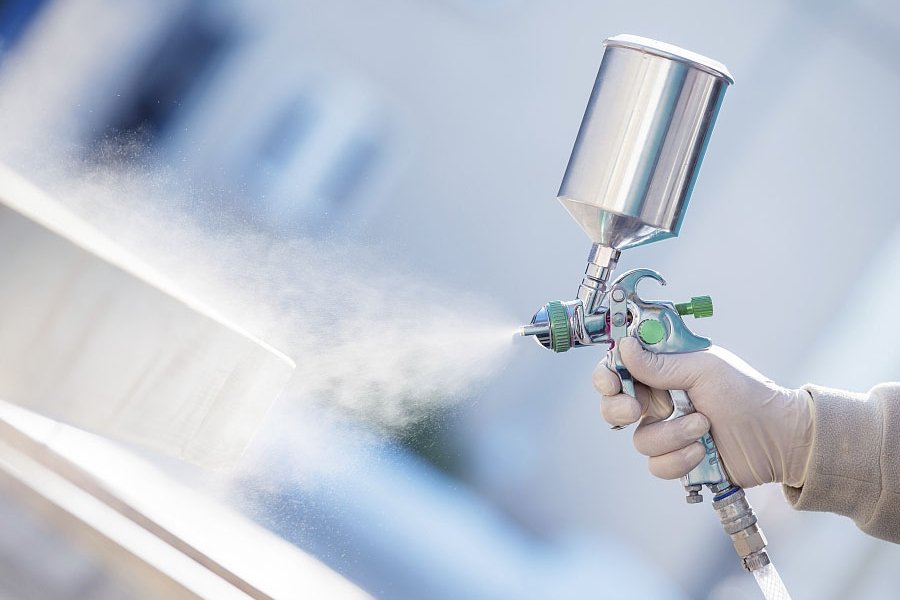
Coatings
- DLC: Ideal for sticky resins (e.g., TPU) to reduce adhesion.
- Chromium Nitride (CrN): Corrosion resistance for PVC molding.
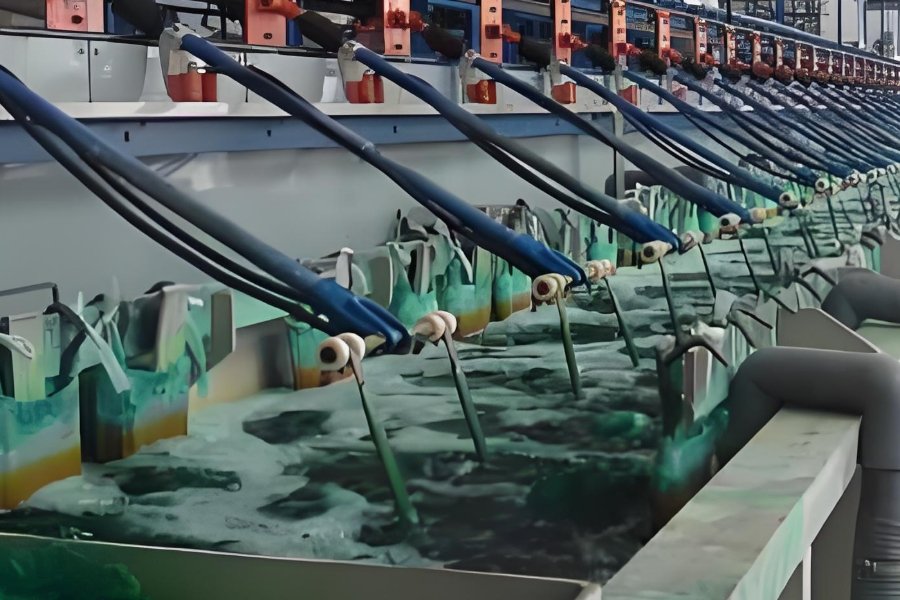
Black Oxide
- Cost-effective anti-rust solution for low-cycle applications.
Why Fecision for Mold Components?

Precision and Accuracy
Using state-of-the-art CNC machining, EDM, and other advanced manufacturing techniques, Fecision ensures all mold components meet tight tolerances and high-quality standards.
Customization
Fecision understands the unique needs of each project. Our team works closely with customers to provide tailored solutions, ensuring that each component fits perfectly within the target mold system.
Rapid Prototyping
Fecision offers rapid prototyping for mold components, enabling customers to test and refine designs quickly before moving into full production.
End-to-End Services
From initial design and DFM (Design for Manufacturability) analysis to final mold assembly and testing, Fecision handles every aspect of the mold component manufacturing process.
Process for Manufacturing Mold Components
Manufacturability Evaluation
The initial step involves assessing the manufacturablity of the mold component. If it's deemed feasible, we proceed with production immediately. If not, we will provide a detailed DFM (Design for Manufacturability) report to the customer. If necessary, mold flow analysis is performed to simulate the flow of molten material within the mold.
Material Selection
Next, choose the right material for mold parts. Common materials for mold components include steel alloys, aluminum, stainless steel, specialty alloys, etc. If needed, a prototype may be made using rapid prototyping techniques (e.g., 3D printing, CNC machining) to test the design for fit, function, and manufacturability.
Mold Components Manufacturing
Once the design and materials are finalized, the mold component undergoes CNC machining. If required, the mold component may undergo heat treatment, depending on the material and intended application. For certain components, surface hardening methods such as nitriding or carburizing are applied to increase wear resistance.
Shipping
For molds with multiple components, such as multi-cavity molds or molds with inserts, the individual components are carefully assembled into the final mold system. Once our engineers confirm the product meets all requirements, it will be shipped. We maintain ongoing communication to ensure the customer is fully satisfied with the product they receive.
Let's Start!
Together, we can make something remarkable!
Let us turn your vision into reality. Provide us with your project details, and we’ll create a customized proposal designed specifically for you.

